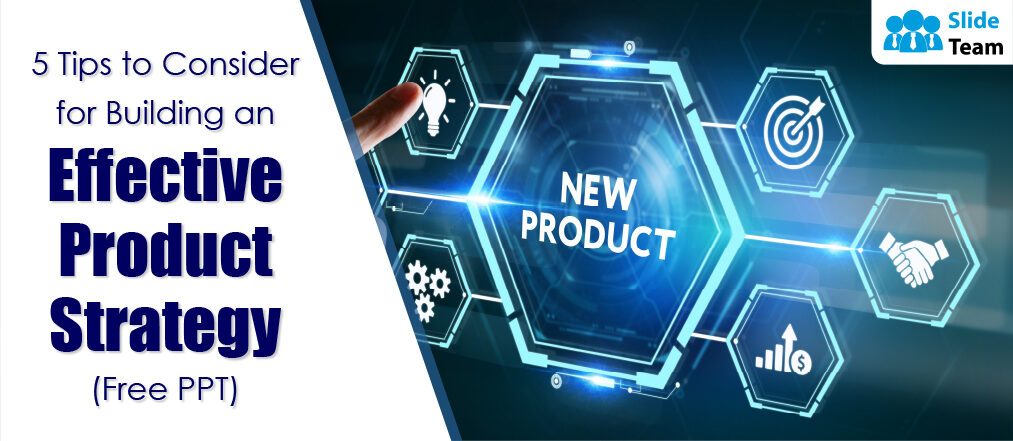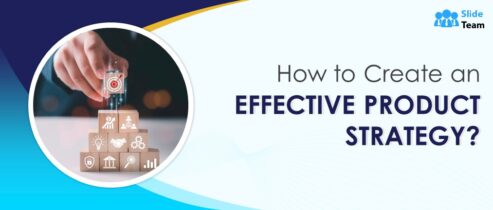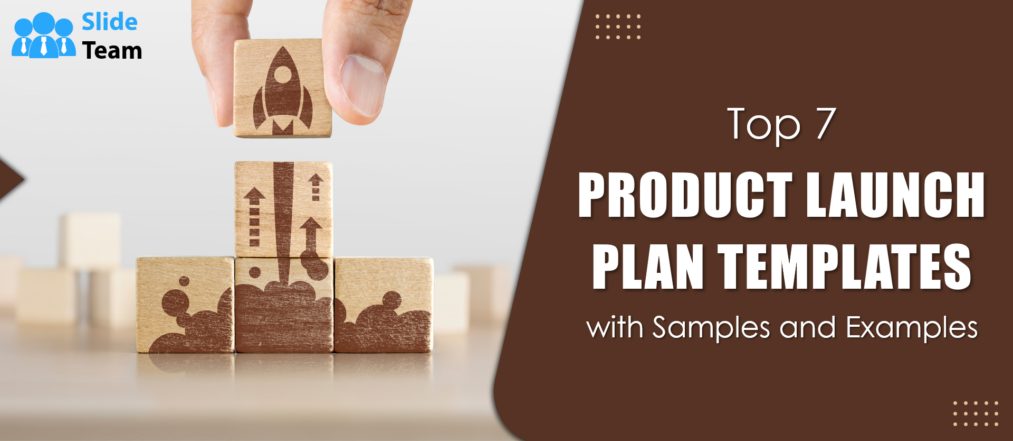In today's competitive business landscape, having a well-defined product strategy is crucial for the success of any company. A solid product strategy not only guides your product development efforts but also aligns your team and resources towards achieving your business goals. Whether you're a startup or an established enterprise, these five tips will help you build an effective product strategy that drives innovation, customer satisfaction, and profitability.
5 Tips to Help You Build An Effective Product Strategy
1. Understand Your Market and Customers
The foundation of a successful product strategy lies in a deep understanding of your target market and customers. Before diving into product development, take the time to research and gather insights about your audience. This includes understanding their pain points, needs, preferences, and behavior.
Start by creating detailed customer personas that represent your ideal customers. These personas should include demographic information, job roles, challenges, and goals. Conduct surveys, interviews, and analyze data to gather real-world feedback from your existing customers and potential users.
Additionally, keep a close eye on market trends and competitors. Knowing what's happening in your industry and what your competitors are offering can help you identify opportunities and gaps in the market that your product can address.
2. Define Clear Goals and Objectives
Once you have a comprehensive understanding of your market and customers, it's time to set clear and measurable goals and objectives for your product strategy. Your goals should be aligned with your company's overall mission and vision, and they should be specific, realistic, and time-bound.
Consider using the SMART framework to define your goals:
- Specific: Clearly state what you want to achieve.
- Measurable: Identify key performance indicators (KPIs) to measure progress.
- Achievable: Ensure that your goals are attainable with the resources available.
- Relevant: Ensure that your goals align with your business objectives.
- Time-bound: Set a deadline for achieving your goals.
For example, if you're launching a new software product, your goal might be to acquire 1,000 paying customers within the first six months of launch.
3. Prioritize Features and Initiatives
One of the biggest challenges in product development is deciding which features to prioritize. Not all features are created equal, and limited resources mean that you can't do everything at once. To build an effective product strategy, you must prioritize features and initiatives based on their impact on your goals and their alignment with your customer's needs.
Consider using frameworks like the MoSCoW method (Must-haves, Should-haves, Could-haves, and Won't-haves) to categorize features based on their importance. Must-haves are critical features that are essential for your product's core functionality and customer satisfaction. Should-haves are important but not as critical, and Could-haves are nice-to-have features that can be considered if resources allow. Won't-haves are features that you've consciously decided not to include in the current development cycle.
Regularly review and update your feature prioritization to adapt to changing market conditions and customer feedback.
4. Foster Cross-Functional Collaboration
Building an effective product strategy is not a solo endeavor. It requires close collaboration between various teams within your organization, including product management, engineering, design, marketing, and sales. Cross-functional collaboration ensures that everyone is aligned with the product vision and works towards a common goal.
Create a cross-functional product team that includes representatives from each relevant department. Encourage open communication and information sharing among team members. This collaborative approach can help identify potential roadblocks early in the development process and lead to better decision-making.
5. Continuously Measure and Iterate
A successful product strategy is not static; it's a dynamic process that requires constant monitoring and adaptation. Regularly measure the performance of your product against your defined KPIs and objectives. Analyze user feedback, customer satisfaction surveys, and usage data to gain insights into what's working and what needs improvement.
Use this data-driven approach to iterate on your product strategy. Adjust your priorities, refine your features, and make necessary changes based on customer insights and market trends. The ability to pivot and adapt is a key factor in building a successful product that meets evolving customer needs.
Conclusion
Building an effective product strategy is essential for any company aiming for sustained growth and success. By understanding your market and customers, setting clear goals, prioritizing features, fostering collaboration, and continuously measuring and iterating, you can create a product strategy that not only drives innovation but also ensures customer satisfaction and profitability. Keep in mind that building a product strategy is an ongoing process that requires flexibility and adaptability in response to changing market dynamics.
Click Here to Get the Free PPT





 Customer Reviews
Customer Reviews





















